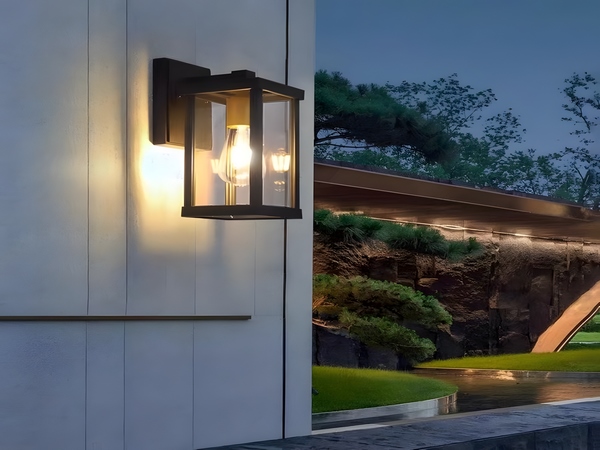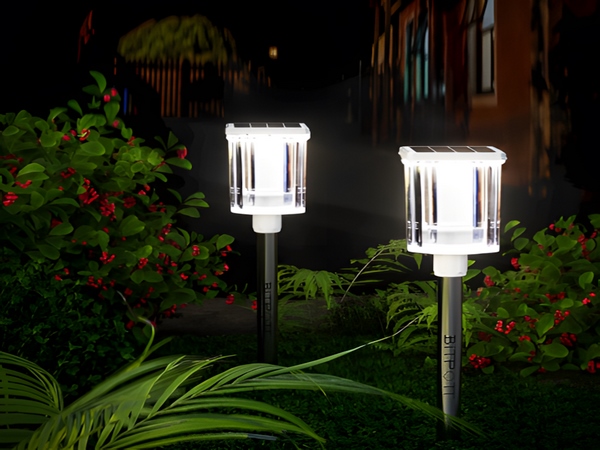
With the advancement of technology research, more and more people are pursuing high-quality living conditions. LED stadium lights are installed in indoor venues, amusement parks, and sports fields. The angle for installing stadium lights needs to be calculated in advance to avoid affecting players’ performance and to select appropriate lights according to various aspects of the field.
Firstly, athletes must accurately judge the trajectory, height, and landing of the ball. Natural light is essential because it provides better results. However, it is crucial to prevent glare and flicker, as intrusive light can impact players’ performance. Additionally, enhancing the stability of illumination and achieving uniform and coordinated light distribution is vital. This not only increases the possibility of athletes achieving excellent results but also significantly impacts the accurate scoring by referees and the appreciation of spectators. There are various stadium lights available in the market, but what should we pay attention to when choosing?
First, the lighting effect should be good, without flicker or glare hazards. The light should be comfortable, non-distracting, and not harsh on the eyes. The color rendering of the lights should be high enough to create a clear distinction between the ball and the background in terms of color and brightness, allowing referees to make clear distinctions.
Second, every sports field should consume low power and have a long lifespan, which not only contributes to energy savings but also reduces electricity costs and maintenance expenditures for users.

1. Tube lights: Most of them are now made up of T5 linear energy-saving lamps. Many customers have reported that they have used both single-sided and double-sided tube lights, but many athletes complain that there is often a light difference between the brightness and the ball, which not only is distracting but also affects the level of competition.
2. Metal halide lamps: Customers who have used metal halide lamps in sports venues may know that the light is particularly harsh. Coupled with performance issues, it leads to high energy consumption. Another concern for users is that the startup time usually takes a long time, making them impractical for venues.
3. High-power energy-saving lamps: Currently, most lighting in sports venues uses 6U and 8U types. Some sports venues even use 10U and 12U types, with a lifespan of about 8 hours per day for less than a year. High-power energy-saving lamps heat up quickly and often cause lumen degradation, leading to frequent fixture failures, translating into significant replacement and maintenance costs.

These are the considerations to keep in mind to avoid issues. It’s important to purchase suitable stadium lights. LED stadium-specific lights are energy-efficient, saving 50%, with soft light characteristics and a long lifespan without flicker. These products have already gained recognition among users in the lighting field of sports venues. We will recommend suitable and satisfactory stadium lights based on the size and structure of the venue.



